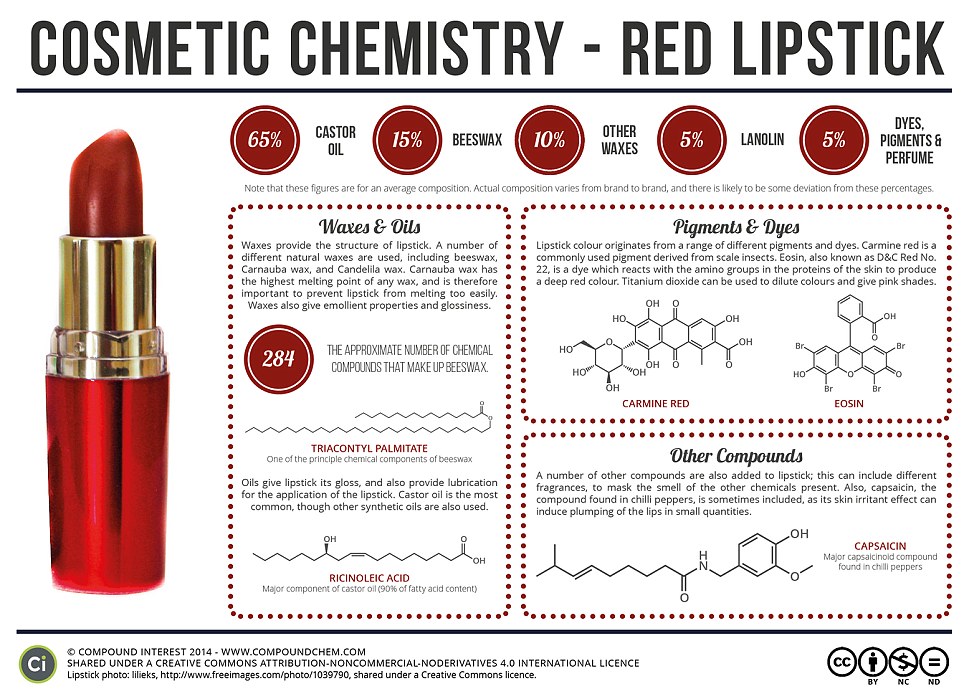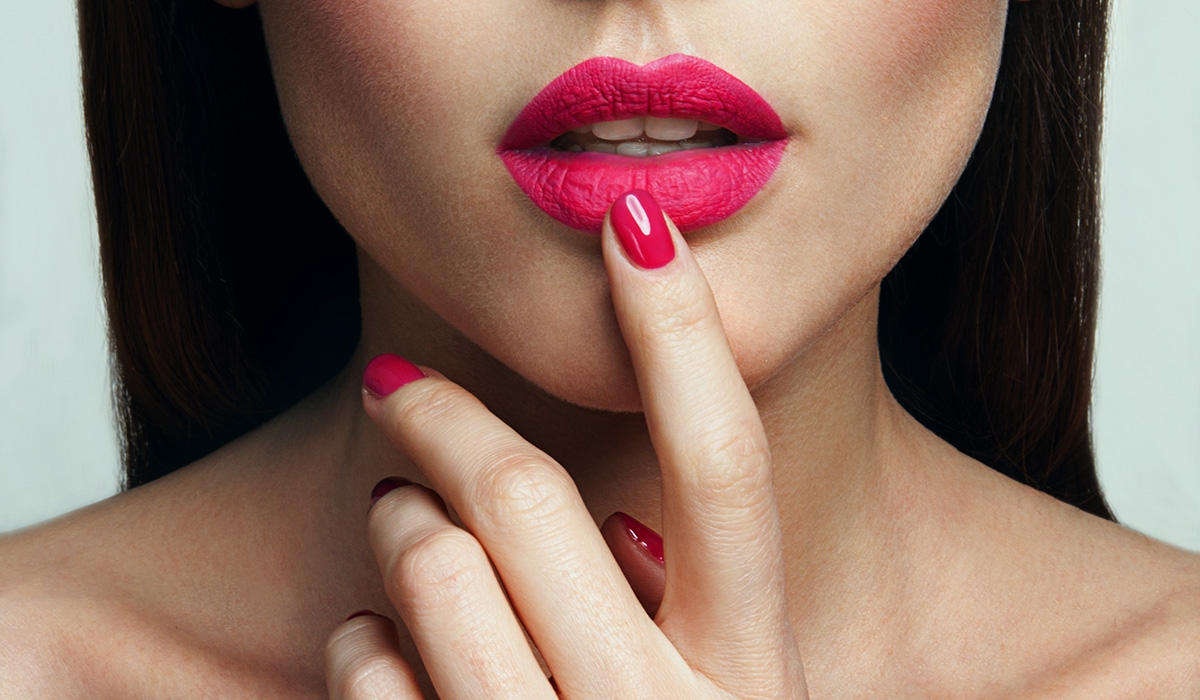What's In Lipstick And How Is It Made?
The media is perpetually bombarding consumers with new cosmetic advertisements and revolutionary lipstick formulas. Though these ploys are always tempting, it is important to know exactly what ingredients are used in the process of making that bold lipstick, as well as the manufacturing process that allowed that tube of lipstick come to fruition. It may look shiny and pretty from a distance, but have you ever stopped and taken a glance at the list of ingredients?
Structure

Some of the most vital components of a lipstick are the waxes it contains. Waxes such as beeswax, carnauba wax, candelilla wax, and ozokerite provide stability and give structure to the lipstick. Carnauba wax is a particularly important part of many lipsticks as it acts as a strengthening agent due to its high melting point.
Durability

Lipstains and other products that claim to be long-wearing contain emollients like shea butter, cocoa butter, and aloe vera. These lightweight ingredients are not only responsible for keeping the lips soft and moisturized but also form a water resistant layer on the surface of the lips. As the emollients evaporate, only the pigment of the product is left behind, making it easier for it to adhere to the lips.
